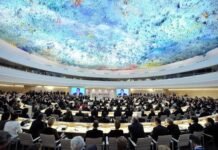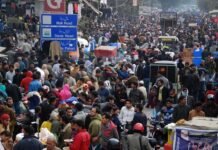New York, 30 March 2022 (TDI): New Analysis published by the United Nations Development Program (UNDP) shows that vaccine administration is widening the gap between the rich and the poor.
Vaccine inequality is accelerating inequalities within and between countries. In September 2021, the World Health Organization (WHO) set a target for 70% of the world to be fully vaccinated by mid-2022 but six months on, the chances of reaching this figure remain very low.
Even though vaccine administration has grown around the world, of 10 billion doses administered only 1% were given to low-income countries. Over 2.8 billion people, mostly from low-income countries are still without their first dose.
This inequality spells danger not only for the people but for the economy as well. Growing inequality causes the economic slowdown of countries, slowdown of labor markets, and public debt payments.
It also jeopardizes the country’s ability to invest in productive projects, most developing countries are suffering from these situations. According to the UNDP, the most vulnerable countries are the Democratic Republic of Congo, Chad, Burundi, Haiti, and Yemen.
If developing countries had the same access to vaccines as developed countries, they could have grown their GDP by $16.27 billion in 2021. This growth in GDP could have helped these countries achieve the 2030 UN Agenda for Sustainable Development.
According to the analysis, the best way forward is to adopt concessional and financial support for developing countries as proposed by the International Monetary Fund (IMF) in 2021. This is most important for the poorest countries.
Support should be tailored to the specific needs of each country. Additionally, the World Health Organization and the University of Oxford are developing ways to help policymakers.
These ways will help to carry out an analysis within their own countries to develop programs that are most appropriate for their citizens and move towards addressing global vaccine inequality.








